Home>Garden Essentials>What Happens When You Swallow A Seed
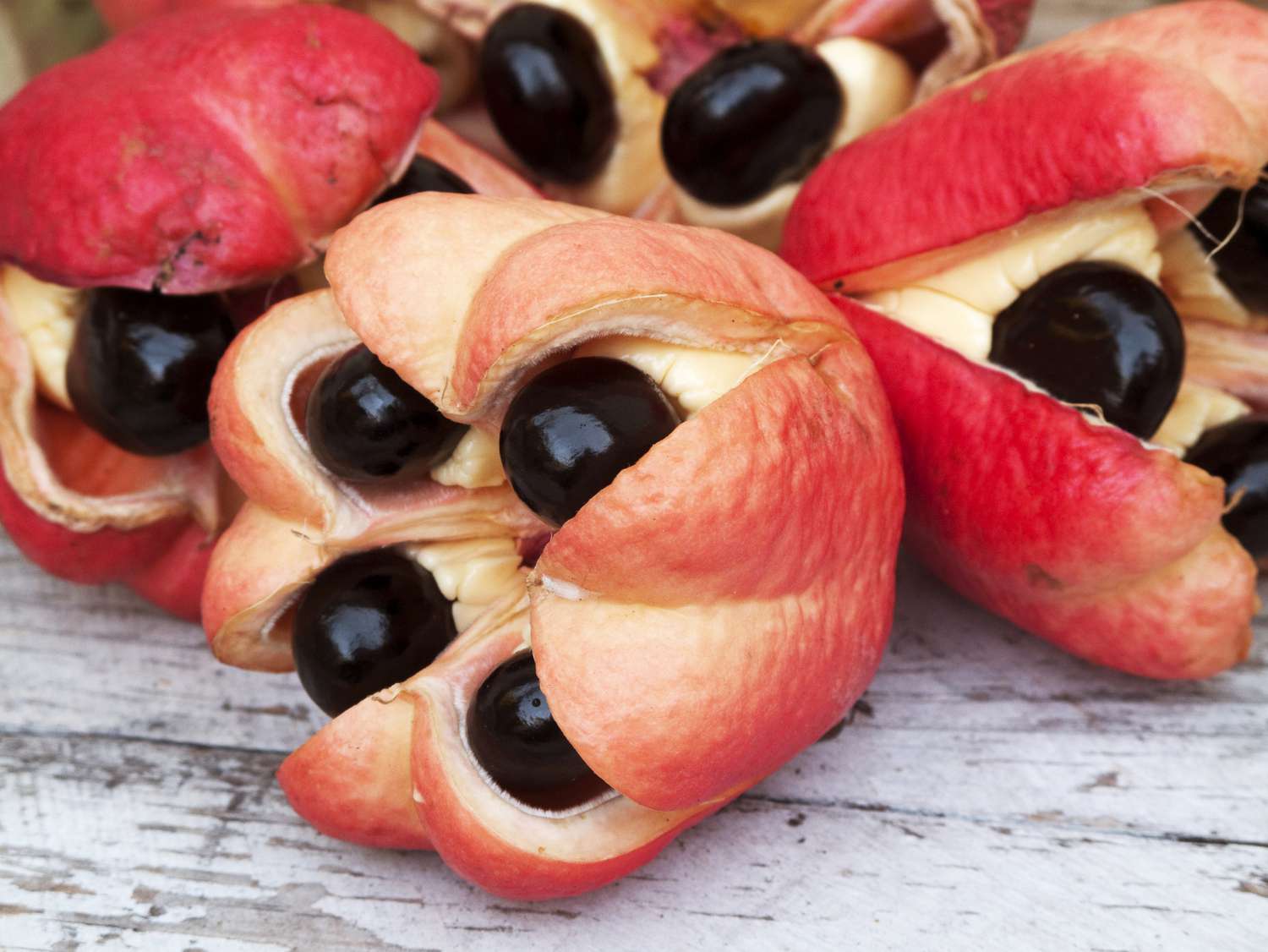

Garden Essentials
What Happens When You Swallow A Seed
Modified: August 23, 2024
Discover what happens when you accidentally swallow a seed from your garden. Find out if it can grow inside you and what to do next.
(Many of the links in this article redirect to a specific reviewed product. Your purchase of these products through affiliate links helps to generate commission for Storables.com, at no extra cost. Learn more)
Introduction
Have you ever wondered what happens when you accidentally swallow a seed? Whether it’s a watermelon seed, apple seed, or any other type of seed, many people have experienced this moment of panic. You may be concerned about the seed sprouting inside your stomach or causing other health issues. Don’t worry, though – your body is well-equipped to handle swallowed seeds without any harm.
Swallowing seeds is a common occurrence, especially when enjoying fruits or vegetables. It can happen accidentally while eating or even deliberately when consuming seeds as a part of a healthy diet. While we are often encouraged to avoid swallowing seeds, the reality is that it’s mostly harmless and will pass through your digestive system without causing any major concerns.
In this article, we will explore what happens when you swallow a seed, the digestive process that takes place, the potential effects on your body, common types of swallowed seeds, and any possible risks or complications. By understanding the biology behind seed digestion, we can put our minds at ease and continue to enjoy the many benefits of fruits, vegetables, and their seeds.
Key Takeaways:
- Don’t worry if you accidentally swallow a seed – your body is designed to handle it without harm. Most seeds pass through your digestive system naturally.
- While it’s generally safe to swallow seeds, be cautious of sharp or toxic seeds. If you have concerns or discomfort, consult a healthcare professional.
How Swallowing a Seed Occurs
Swallowing a seed can happen quite easily, especially when eating fruits or vegetables that contain seeds. It may occur accidentally when you take a bite without noticing the seed or intentionally when you consume seeds as part of a nutritious diet. Regardless of how it happens, the seed will make its way into your digestive system.
When you chew food, your tongue and teeth break it down into smaller pieces. As you swallow, the food moves from your mouth to your esophagus, a muscular tube that connects your mouth to your stomach. The process of swallowing is controlled by muscles in your throat and esophagus, ensuring that the food or drink travels in the right direction.
Once in your stomach, the food is mixed with digestive enzymes and acids to start the process of breaking it down further. The stomach’s acid environment helps dissolve the proteins, carbohydrates, and fats in the food. However, the seed itself is unlikely to be digested in the stomach due to its tough outer coating.
After the stomach, the partially digested food, including any swallowed seeds, moves into the small intestine. Here, the small intestine continues the process of breaking down the food into even smaller nutrients. The inner lining of the small intestine contains tiny finger-like projections called villi, which absorb these nutrients and transport them into the bloodstream.
The swallowed seed, along with the rest of the food, continues to travel through the small intestine until it reaches the large intestine or colon. In the colon, water is absorbed from the remaining food residue, and any indigestible components, such as fiber and the seed, are formed into stool.
Finally, the stool is eliminated from the body through the rectum and anus during a bowel movement. The seed, having passed through the entire digestive system, is now expelled from the body, completing its journey.
It’s important to note that while most seeds are safe to swallow, there are some exceptions. Certain seeds, such as those from cherries, contain cyanide compounds that can be harmful if consumed in large quantities. Additionally, some seeds have sharp edges or hard coatings that may cause irritation or injury to the digestive tract. Therefore, it’s always advisable to exercise caution and be mindful of what seeds you are ingesting.
Digestive Process of a Swallowed Seed
When a seed is swallowed, it enters the digestive system where it undergoes a series of processes to facilitate its breakdown and passage through the body. Although the digestive system primarily processes food for nutrient absorption, it also handles indigestible substances like seeds.
As the seed travels through the digestive tract, it encounters different organs and undergoes various transformations. Here’s a breakdown of the digestive process of a swallowed seed:
- Mechanical breakdown: When you chew food, the physical action of your teeth and tongue breaks it down into smaller pieces. This initial mechanical breakdown aids in seed preparation for digestion.
- Swallowing: After chewing, the food bolus containing the seed is swallowed. The muscles of the throat and esophagus propel the bolus down into the stomach.
- Stomach environment: In the stomach, the seed is exposed to gastric juices, which mainly consist of hydrochloric acid and enzymes like pepsin. While proteins, fats, and carbohydrates are primary targets for digestion, the seed’s tough outer coating makes it resistant to these digestive processes.
- Small intestine: Next, the partially digested food, including the seed, moves into the small intestine. Here, digestive enzymes produced by the pancreas and small intestine, such as amylase, protease, and lipase, work to break down the nutrients further. However, the seed is unlikely to be fully digested due to its resistant outer shell.
- Large intestine: As the food residue, including any undigested seeds, reaches the large intestine, water is absorbed, and the stool begins to form. The large intestine primarily functions to reabsorb water and electrolytes, consolidating the waste material. While the seed itself does not contribute to nutrient absorption, it follows the same pathway as the rest of the undigested food.
- Elimination: Finally, the stool, along with the undigested seed, is eliminated from the body during a bowel movement. With the help of the rectum and anus, the muscles contract to propel the stool and complete the digestive process.
It’s worth noting that each person’s digestive system is unique, and the transit time of the seed through the digestive tract can vary. On average, the entire digestion process takes around 24 to 72 hours, but this can differ based on factors like individual metabolism, hydration levels, and dietary fiber intake.
While most swallowed seeds pass through the digestive system without causing harm, it’s important to be cautious when consuming seeds from certain plants. Seeds with sharp edges or exceptionally hard coatings may pose a risk of irritation or injury to the digestive tract. If you have concerns or experience any discomfort after swallowing a seed, it’s advisable to consult a healthcare professional.
Potential Effects on the Body
Swallowing a seed typically has minimal effects on the body and is generally harmless. The digestive system is designed to handle foreign objects, including seeds, and efficiently eliminate them from the body. However, it’s essential to be aware of some potential effects that can occur when swallowing a seed:
- GI discomfort: In some cases, swallowed seeds can cause mild gastrointestinal discomfort. This may include symptoms like bloating, gas, or a feeling of heaviness in the stomach. However, these symptoms are usually temporary and resolve as the seed passes through the digestive system.
- Obstruction: While it is rare, certain seeds, particularly those with large size or hard consistency, may cause obstruction in the gastrointestinal tract. This can happen if the seed gets lodged in a narrow passage or creates a blockage. If you experience severe abdominal pain, vomiting, or have trouble passing stool, seek medical attention immediately.
- Allergic reactions: In rare cases, an allergic reaction may occur after swallowing a seed. Allergies to specific seeds, such as sesame or sunflower seeds, can cause symptoms like hives, itching, difficulty breathing, or even anaphylaxis. If you have a known seed allergy, be cautious about swallowing any seeds and seek medical advice if necessary.
- Sharp edges or toxins: Some seeds, like those from cherries or apricots, contain compounds that can be harmful if consumed in large quantities. The cyanide compounds found in these seeds can release toxins when metabolized by the body. Additionally, seeds with sharp edges or hard coatings may lead to irritation, abrasion, or injury to the digestive tract.
- Seed germination: It is highly unlikely for a swallowed seed to sprout or germinate inside the human body. While seeds require specific conditions such as moisture, warmth, and oxygen to grow, the digestive environment does not provide the necessary conditions for germination to occur.
If you have any concerns about the potential effects of swallowing a particular seed or experience persistent discomfort or symptoms after swallowing a seed, it’s advisable to consult a healthcare professional. They can evaluate your specific situation and provide appropriate guidance or treatment if needed.
Overall, for the majority of individuals, the incidental swallowing of seeds is a normal occurrence that does not typically cause any significant health problems. However, it’s always a good idea to be mindful of the types of seeds you consume and make informed choices based on your personal preferences and health considerations.
Chew seeds thoroughly before swallowing to reduce the risk of them getting stuck in your throat or digestive system.
Common Types of Swallowed Seeds
Seeds are found in various fruits, vegetables, and plants, and they can be accidentally swallowed while eating. While there is a wide variety of seeds that can be inadvertently ingested, some of the most commonly swallowed seeds include:
- Watermelon seeds: Watermelons are known for their juicy flesh and black seeds. These seeds are small and typically hard-coated, making them easy to swallow unintentionally.
- Apple seeds: Apples are a popular fruit enjoyed by many. Their seeds are small and contained within the core of the apple. Although apple seeds contain a small amount of amygdalin, a compound that can release cyanide, the amount is negligible and unlikely to cause harm when swallowed in small quantities.
- Orange seeds: Oranges are a citrus fruit known for their refreshing taste. While oranges mostly consist of juicy segments, occasional seeds can be found. These seeds are small and can be easily swallowed without noticing.
- Grape seeds: Grapes, whether enjoyed as a snack or used for making wine or raisins, contain seeds that are often swallowed unintentionally. These seeds are small and may escape notice while eating the juicy fruit.
- Tomato seeds: Although technically a fruit, tomatoes are commonly regarded as a vegetable. Their seeds are usually small and surrounded by gelatinous pulp. While some people may choose to remove the seeds before consuming tomatoes, swallowing them is generally harmless.
- Pomegranate seeds: Pomegranates are known for their juicy and tart seeds, packed with antioxidants. These seeds are often consumed intentionally, but accidental swallowing can occur due to their small size and the possibility of accidentally biting into them.
- Strawberry seeds: Strawberries are a favorite summer fruit, and they are consumed in large quantities. While the seeds on the surface of a strawberry may be noticeable and avoided by some, tiny seeds can be present on the inside of the fruit and easily swallowed unknowingly.
It’s important to note that while swallowing these seeds is generally safe, moderation is key. It’s advisable to consume a balanced diet and enjoy a variety of fruits and vegetables. If you have concerns about swallowing specific types of seeds or if you experience any adverse effects after ingestion, it’s recommended to consult a healthcare professional for guidance.
Remember, accidental swallowing of seeds is a common occurrence, and our digestive system is designed to handle them efficiently without causing harm to the body.
Read more: What Happens If You Swallow Orange Seed
Risks and Complications
While swallowing seeds is generally considered safe and unlikely to cause significant health concerns, there are certain risks and potential complications to be aware of:
- Obstruction: In rare cases, larger or hard-coated seeds may cause gastrointestinal obstruction, especially if they become lodged in a narrow passage or create a blockage. This can lead to severe abdominal pain, vomiting, and an inability to pass stool. If you experience any of these symptoms, seek immediate medical attention.
- Irritation or injury: Seeds with sharp edges or hard coatings may irritate or scrape the digestive tract lining as they pass through. This can result in discomfort, inflammation, or even injury. However, it’s worth noting that the likelihood of severe injury is relatively low.
- Allergic reactions: Some individuals may have allergies to certain types of seeds. Allergic reactions can range from mild symptoms like itching, hives, or swelling to more severe reactions such as difficulty breathing or anaphylaxis. If you have known allergies to specific seeds, it is essential to avoid consuming them and seek prompt medical attention if accidental ingestion occurs.
- Unhygienic seeds: Swallowed seeds that are not properly washed or cleaned may carry harmful bacteria or other contaminants. This potential risk can be minimized by thoroughly washing fruits or vegetables before consuming them to remove any dirt, bacteria, or pesticide residues.
- Poisonous seeds: Certain seeds, particularly those from specific plants or fruits, may contain toxins or compounds that can be harmful if consumed in large quantities. For example, cherry pits contain cyanide compounds that, if crushed or chewed, can release toxic substances. It’s important to exercise caution when consuming seeds and avoid biting or crushing those known to be toxic.
It’s crucial to remember that while there are potential risks and complications associated with swallowing seeds, they are generally rare and uncommon. Most people pass swallowed seeds without any issues, and the digestive system is proficient at handling them. However, if you have any concerns or experience prolonged discomfort or symptoms after swallowing a seed, it is advisable to consult a healthcare professional for proper evaluation and advice.
Treatment and Prevention Options
If you have accidentally swallowed a seed and are concerned about potential complications or discomfort, there are several treatment and prevention options to consider:
- Monitoring: In most cases, swallowed seeds pass through the digestive system without causing any harm. It’s important to monitor your symptoms and wait for the seed to pass naturally. Drink plenty of fluids to stay hydrated, as this can help facilitate the movement of the seed through the digestive tract.
- Medical consultation: If you experience severe pain, vomiting, or other worrisome symptoms after swallowing a seed, seek medical attention promptly. A healthcare professional can assess your situation, perform any necessary examinations, and provide appropriate guidance or treatment.
- Prevention: To reduce the likelihood of accidentally swallowing seeds, exercise caution and mindfulness while eating fruits and vegetables that contain seeds. Take smaller bites and chew your food thoroughly to minimize the risk of seeds slipping past your notice. Removing seeds before consuming fruits like watermelons or grapes can also help prevent accidental ingestion.
- Select seedless varieties: When possible, opt for seedless varieties of fruits and vegetables. This eliminates the risk of accidentally swallowing seeds altogether. Seedless watermelons, grapes, and other fruits are widely available and can be a convenient option.
- Proper food preparation: Thoroughly wash and clean fruits and vegetables before eating them. This helps remove any dirt, bacteria, or pesticide residue that may be present on the surface of the seeds. By practicing proper food hygiene, you can minimize the chances of ingesting harmful contaminants along with the seeds.
- Education and awareness: It’s essential to educate yourself about the potential risks associated with specific seeds and be aware of any allergies or sensitivities you may have. By understanding the characteristics of different seeds and their potential effects, you can make informed choices and take appropriate precautions.
Remember, swallowing seeds is generally considered safe and is a normal occurrence. The human digestive system is designed to handle them efficiently. However, exercising caution, being aware of any potential risks, and seeking medical advice if necessary can ensure your peace of mind and overall well-being.
If you have any concerns about swallowing a seed or experience persistent discomfort, it’s always best to consult with a healthcare professional who can provide personalized advice based on your specific situation.
Conclusion
Accidentally swallowing a seed is a common occurrence while enjoying fruits and vegetables. Fortunately, our bodies are well-equipped to handle this without significant harm. Swallowed seeds typically pass through the digestive system naturally, with minimal effects on the body.
While there are potential risks and complications associated with swallowing certain seeds, they are generally rare and uncommon. The most common consequences are mild gastrointestinal discomfort or temporary irritation. Serious complications such as gastrointestinal obstruction or allergic reactions are exceedingly rare.
By understanding the digestive process of swallowed seeds, we can alleviate concerns about them sprouting or causing harm inside the body. The digestive system’s natural processes, from the mechanical breakdown in the mouth to the elimination of waste through the bowels, efficiently handle swallowed seeds along with food.
Prevention and caution can minimize the chances of accidentally swallowing seeds. Taking smaller bites, chewing food thoroughly, and selecting seedless varieties of fruits and vegetables are practical strategies. Proper food hygiene, such as washing and cleaning produce before consumption, helps reduce the risk of ingesting harmful contaminants.
If you experience severe pain, vomiting, or persistent discomfort after swallowing a seed, seeking medical attention is recommended. Healthcare professionals can assess your situation and provide appropriate guidance or treatment, if necessary.
In conclusion, swallowing seeds is generally a harmless occurrence. It should not deter you from enjoying the many benefits of fruits, vegetables, and their seeds. By being mindful of what you eat and understanding the potential risks, you can continue to relish the nourishment and flavors that nature’s bountiful offerings provide.
Remember, if you have any concerns or questions about swallowing a seed or experiencing discomfort, it is always best to consult with a healthcare professional who can provide personalized advice based on your specific situation.
Frequently Asked Questions about What Happens When You Swallow A Seed
Was this page helpful?
At Storables.com, we guarantee accurate and reliable information. Our content, validated by Expert Board Contributors, is crafted following stringent Editorial Policies. We're committed to providing you with well-researched, expert-backed insights for all your informational needs.
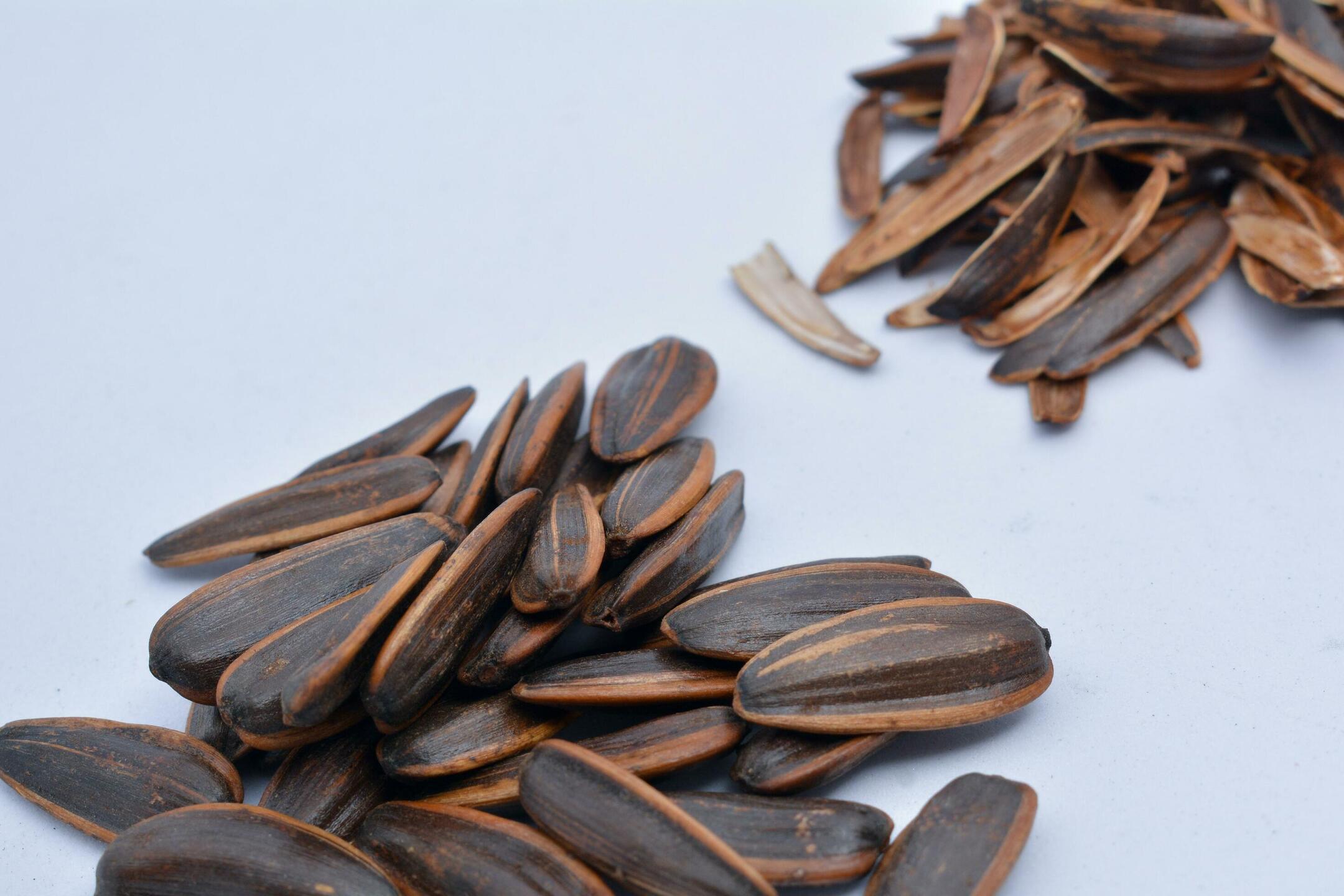


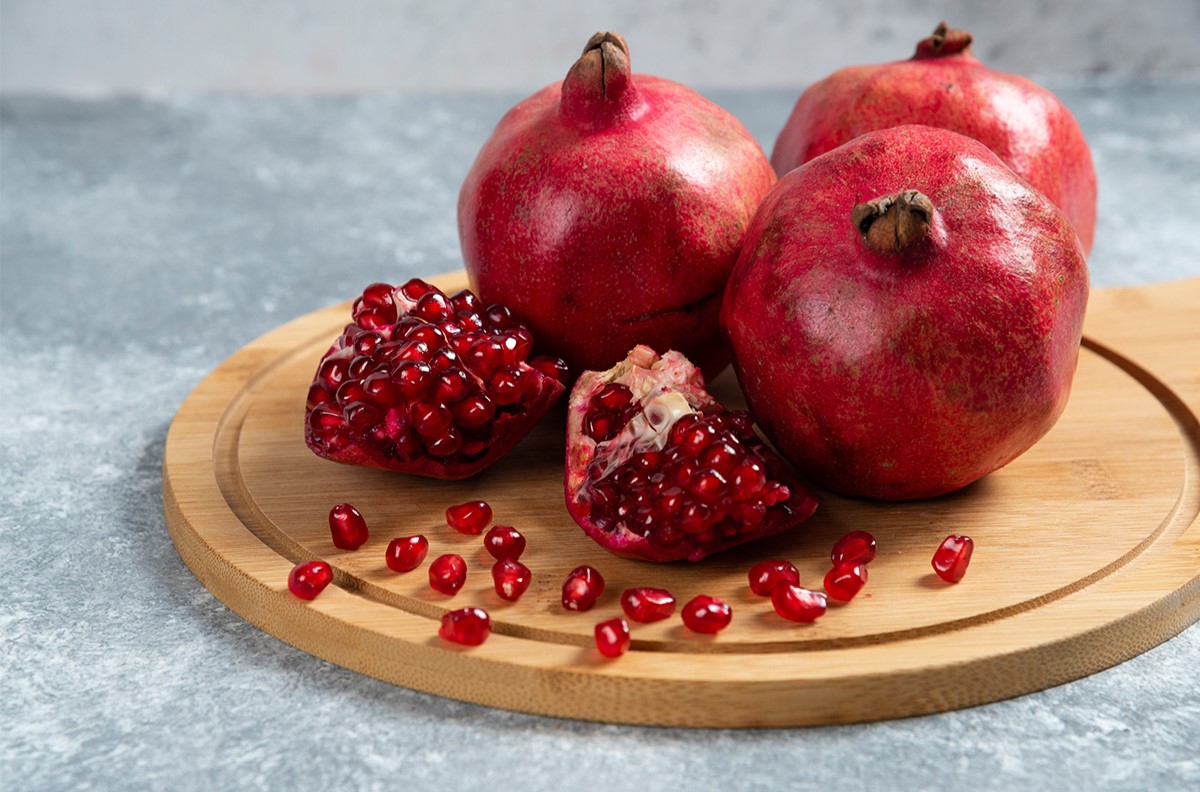

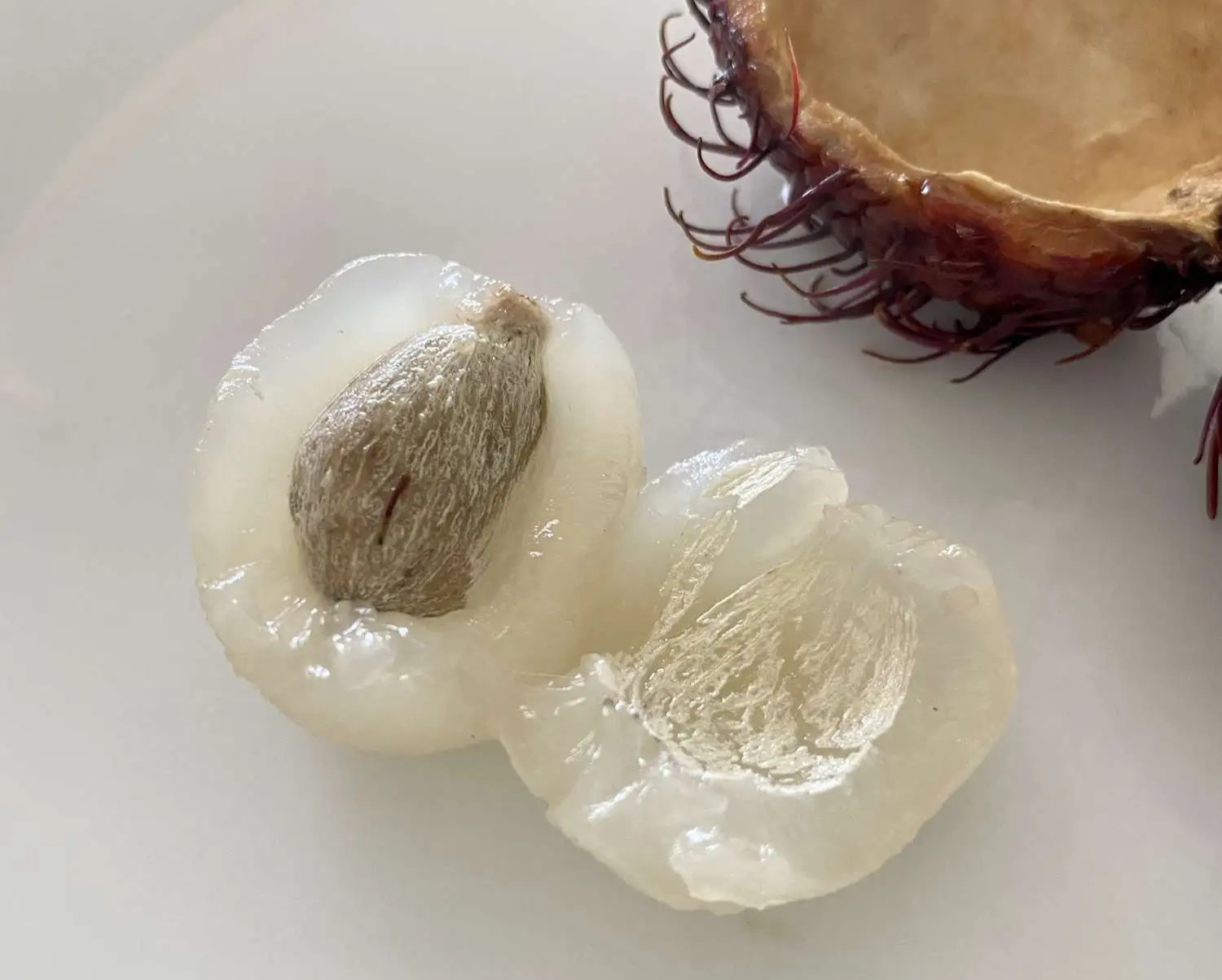
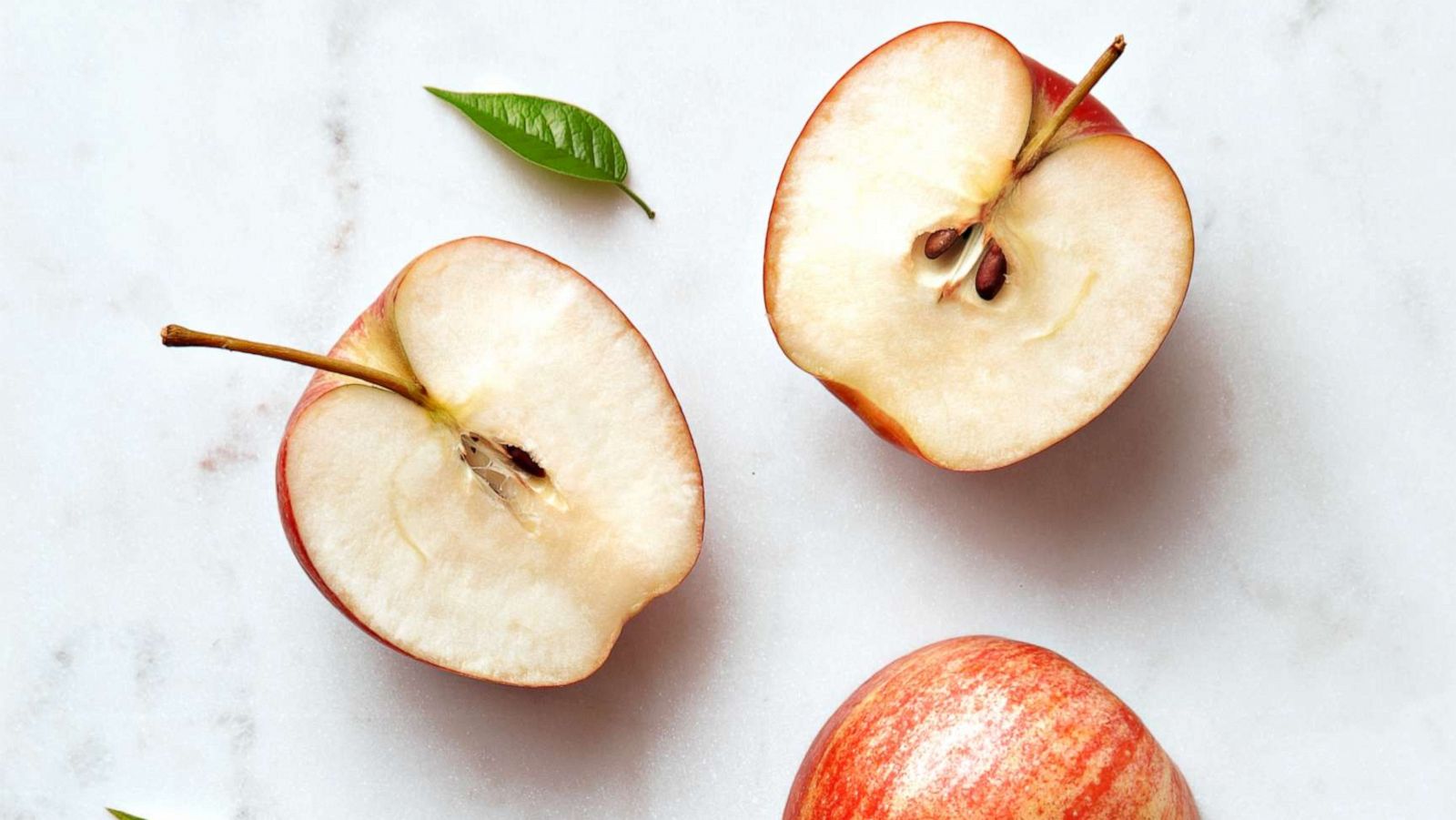
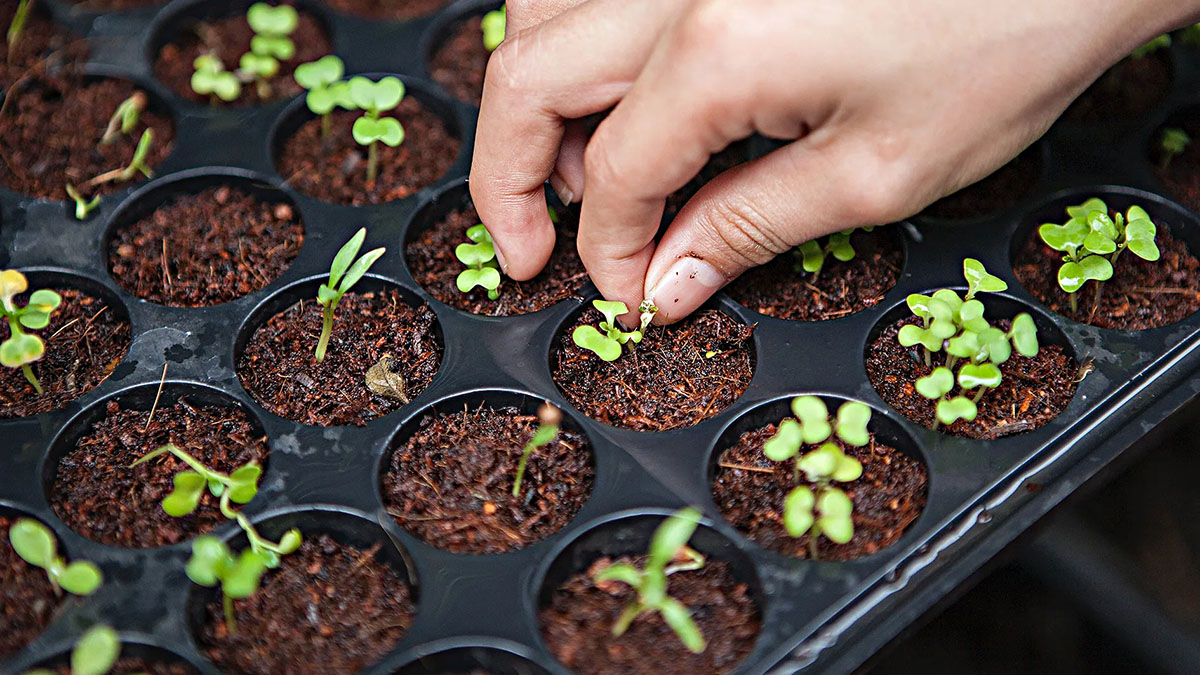
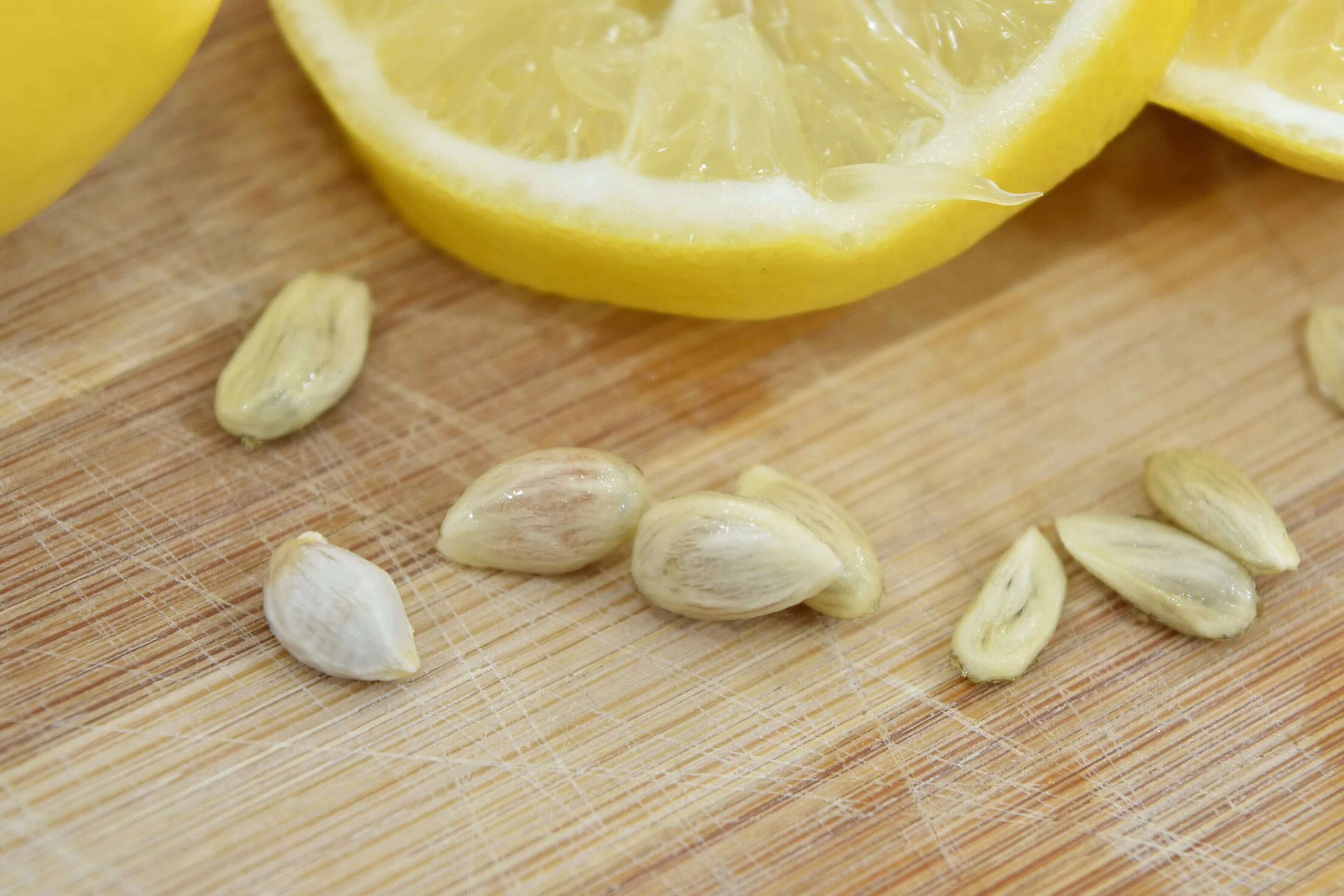
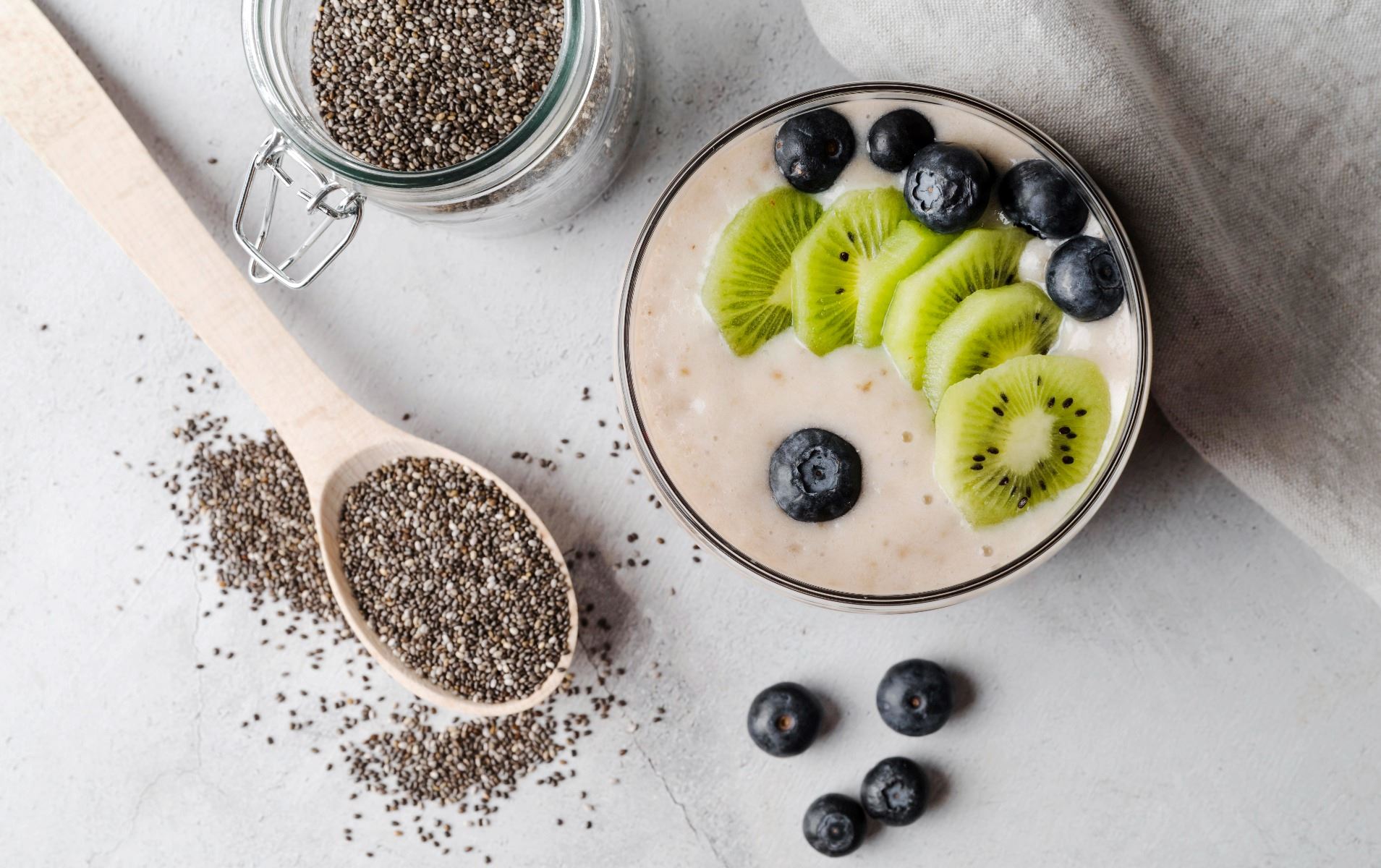
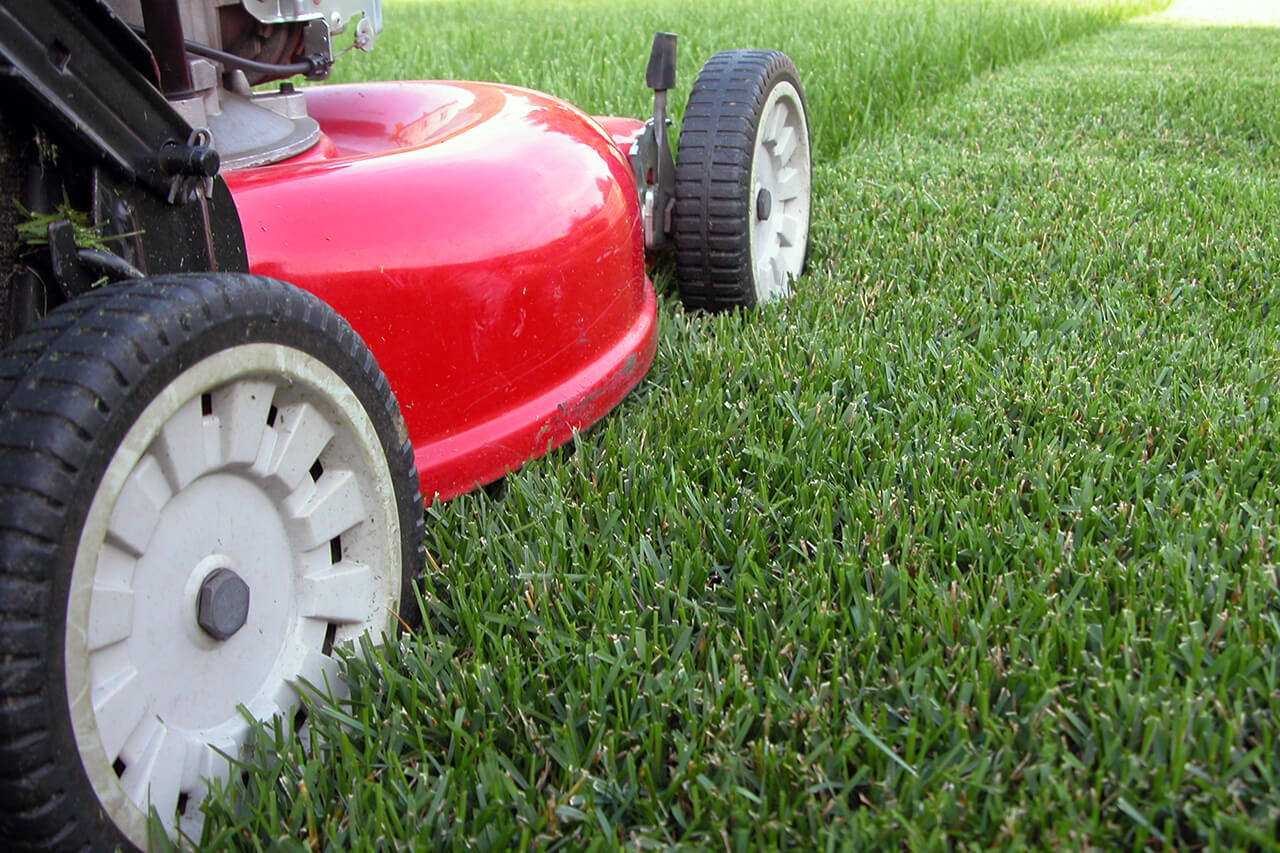


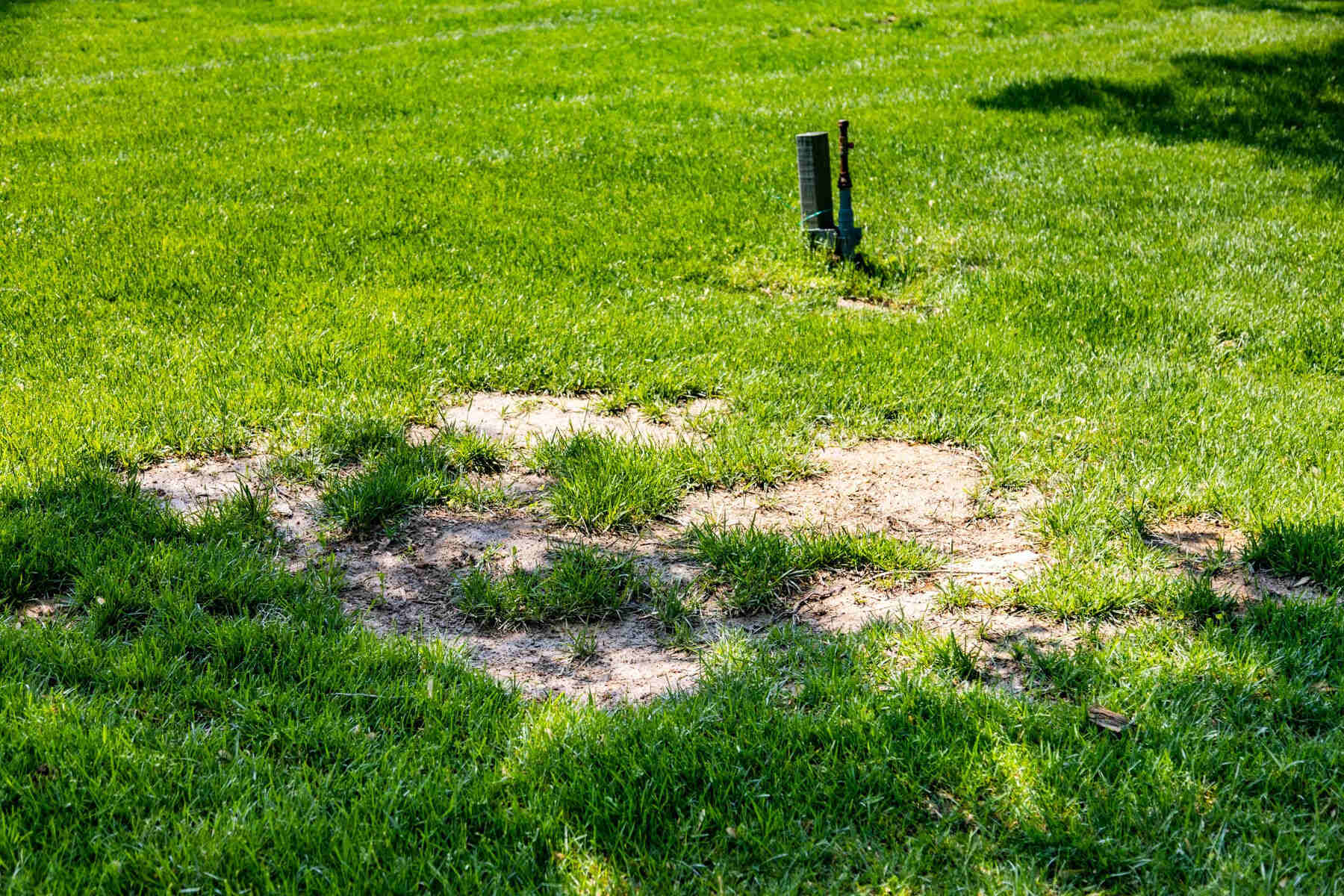

0 thoughts on “What Happens When You Swallow A Seed”